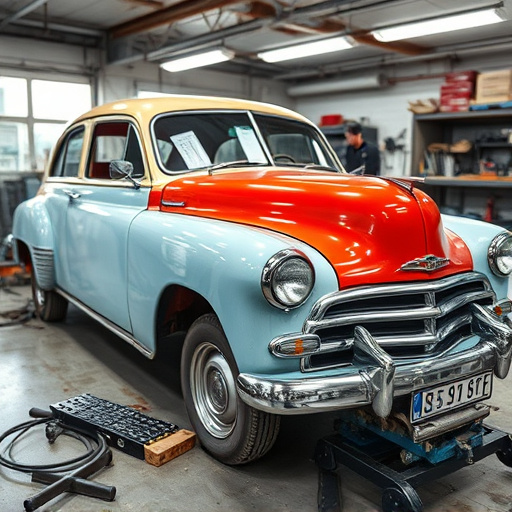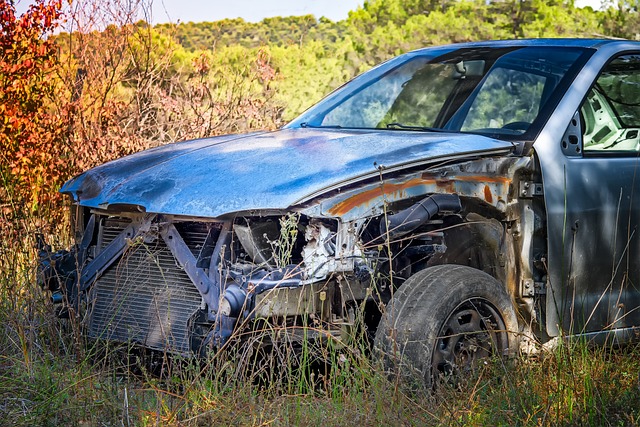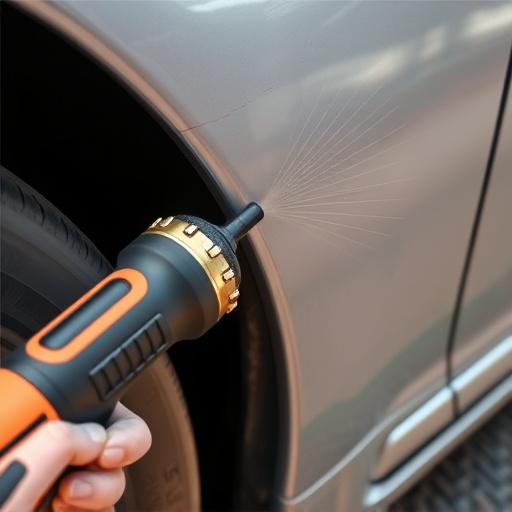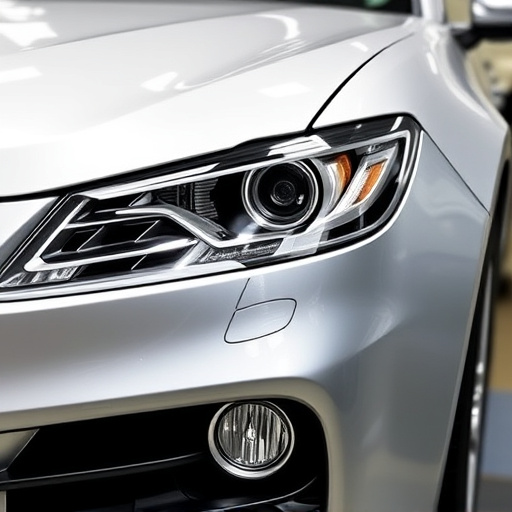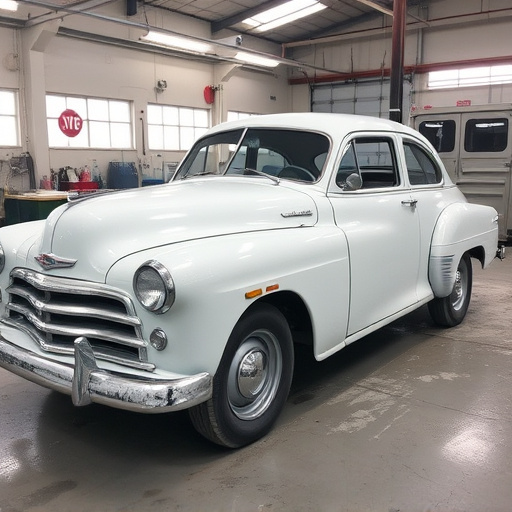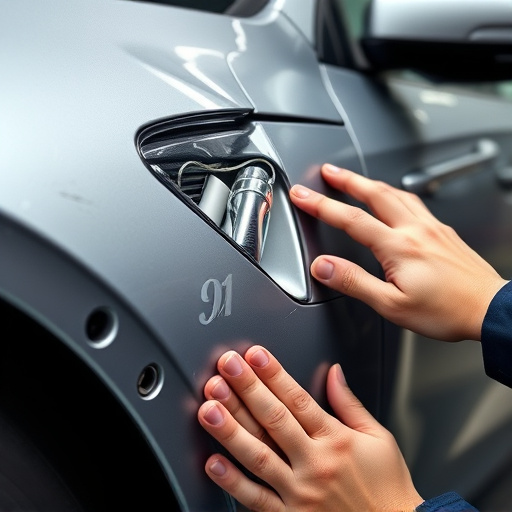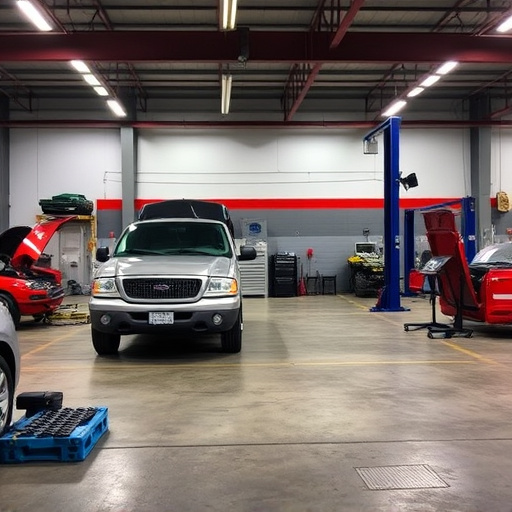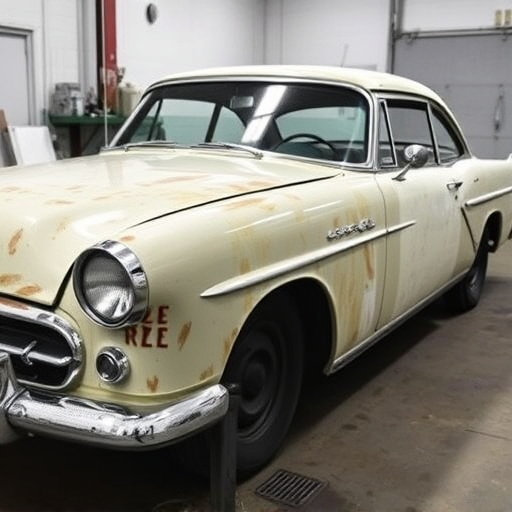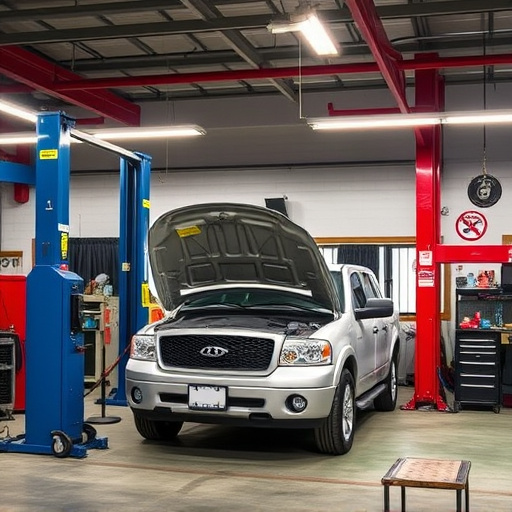Guaranteed collision repair facilities differentiate themselves through stringent standards focusing on quality, customer satisfaction, and precision. They demand highly trained technicians, consistent quality control, fair pricing, and excellent service. By adhering to robust processes, modern technologies, and continuous improvement, these facilities restore vehicles to pre-incident condition, providing trustworthy and efficient repairs.
In the realm of automotive aesthetics and safety, guaranteed collision repair stands as a cornerstone of quality assurance. This article explores the intricacies of implementing robust Quality Control (QC) systems within collision repair facilities. We delve into understanding stringent industry standards, from material specifications to precision engineering. By employing comprehensive QC measures, shops can ensure consistent, top-tier repairs. Furthermore, emphasizing continuous improvement fosters optimal outcomes, solidifying their reputation as leaders in guaranteed collision repair services.
- Understanding Guaranteed Collision Repair Standards
- Implementing Comprehensive Quality Control Measures
- Continuous Improvement for Optimal Repair Outcomes
Understanding Guaranteed Collision Repair Standards
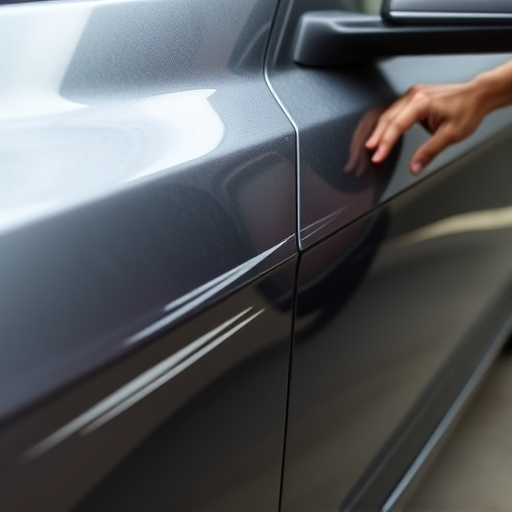
Guaranteed collision repair facilities adhere to stringent standards that set them apart from regular auto body shops. These standards are designed to ensure top-notch quality and customer satisfaction in every repair job, be it a simple fender bender or complex damage like a Mercedes Benz needing extensive paint repair. The primary focus is on precision, accuracy, and restoration of the vehicle’s original condition.
This involves rigorous training for technicians, who must stay updated with the latest techniques and technologies in vehicle paint repair. Every auto body shop that aims to be classified as a guaranteed collision repair facility must demonstrate consistent quality, fair pricing, and excellent customer service. These standards act as a beacon for folks looking for reliable and efficient repairs, ensuring their vehicles are restored to pre-incident condition without any visible signs of previous damage.
Implementing Comprehensive Quality Control Measures
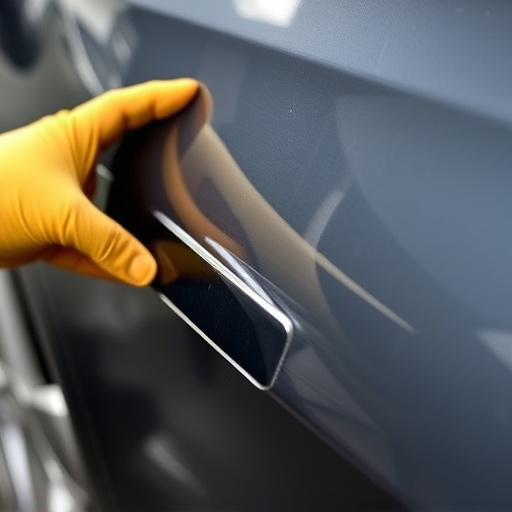
In the realm of guaranteed collision repair, implementing comprehensive quality control measures is paramount to ensuring customer satisfaction and maintaining the highest standards. This involves a meticulous process that touches every aspect of the repair journey, from initial assessment to final delivery. By adopting advanced techniques and technologies, collision repair facilities can achieve remarkable results, even in complex cases like classic car restoration.
Effective quality control systems go beyond basic scratch repair and encompass a holistic approach. It includes rigorous training for technicians, standardized operating procedures, and regular equipment calibration. These measures ensure consistency and accuracy throughout the automotive repair process. Moreover, integrating digital tools for documentation and communication enhances transparency, allowing customers to track their vehicle’s progress with confidence, knowing they are in capable hands.
Continuous Improvement for Optimal Repair Outcomes
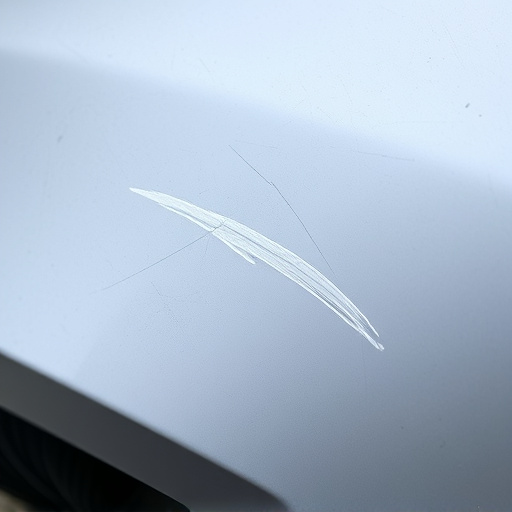
In the dynamic field of guaranteed collision repair, continuous improvement is not just a buzzword but an essential strategy for achieving optimal repair outcomes. Top-tier car body shops and vehicle paint repair facilities embrace a culture of ongoing enhancement to stay ahead in a competitive market. They constantly refine their processes, updating techniques and technologies to ensure the highest standards of workmanship. This commitment to continuous learning and adaptation allows them to deliver exceptional results that meet or exceed customer expectations.
By focusing on car damage repair and implementing innovative solutions, these facilities can streamline their operations and enhance accuracy. Whether it’s investing in advanced training programs for staff or adopting cutting-edge equipment, these steps contribute to a robust quality control system. As a result, clients benefit from precise vehicle paint repair, meticulous attention to detail, and a final product that resembles new—all hallmarks of a well-run car body shop dedicated to continuous improvement.
Quality control systems are pivotal in maintaining the integrity of guaranteed collision repair services. By implementing comprehensive measures and fostering a culture of continuous improvement, repair facilities can ensure optimal outcomes that meet or exceed industry standards. This holistic approach not only enhances customer satisfaction but also solidifies the facility’s reputation as a leader in the guaranteed collision repair landscape.
